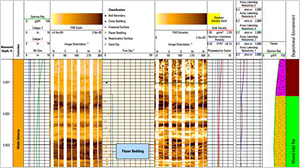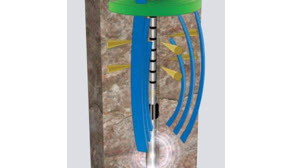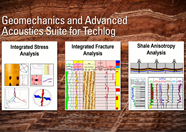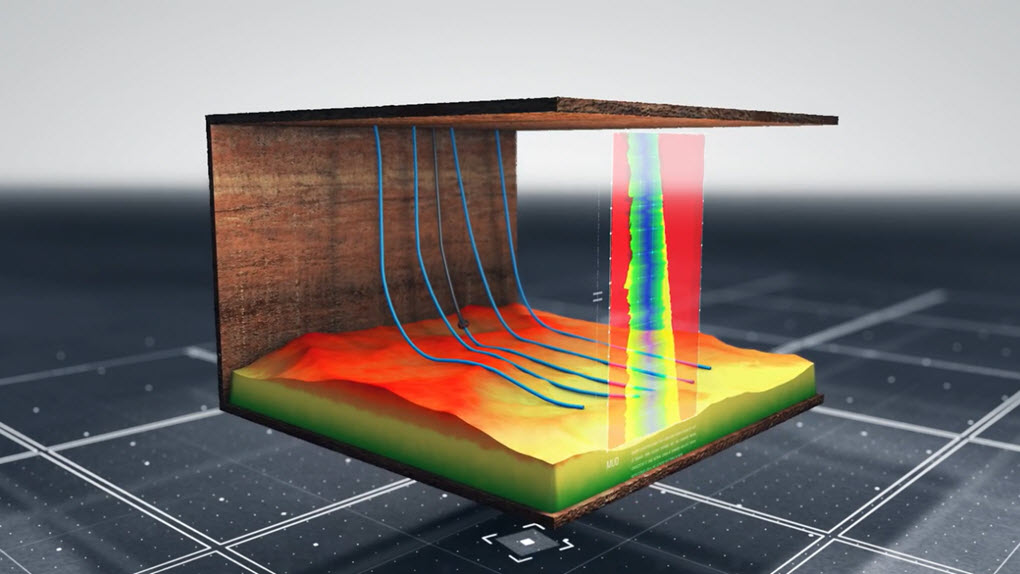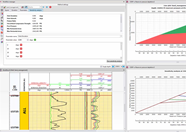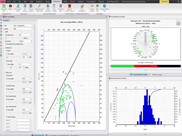Efficient drilling through a better understanding of wellbore stability
The Techlog wellbore stability module enables users to further develop the understanding gained from analysis in the Techlog pore pressure prediction module by taking into account the in situ stress states around the wellbore. The user is guided through the different steps required to build a calibrated mechanical earth model (MEM), which integrates all data. The MEM helps the user gain a thorough understanding of the properties of the rock surrounding the wellbore and the in situ stresses, enabling the prediction of potential shear and tensile failures at the borehole walls. Techlog wellbore stability can predict the breakout and breakdown pressure based on the wellbore direction versus the azimuth of the principal stresses.
Several shear failure criteria are available, including Mohr-Coulomb, Mogi-Coulomb, and Modified Lade.
The user can plan the safe mud-weight window for drilling based on the mechanically stable mud-weight window (from breakout to breakdown pressures) and look at different wellbore deviation scenarios based on the sensitivity analysis tool in Techlog wellbore software.
